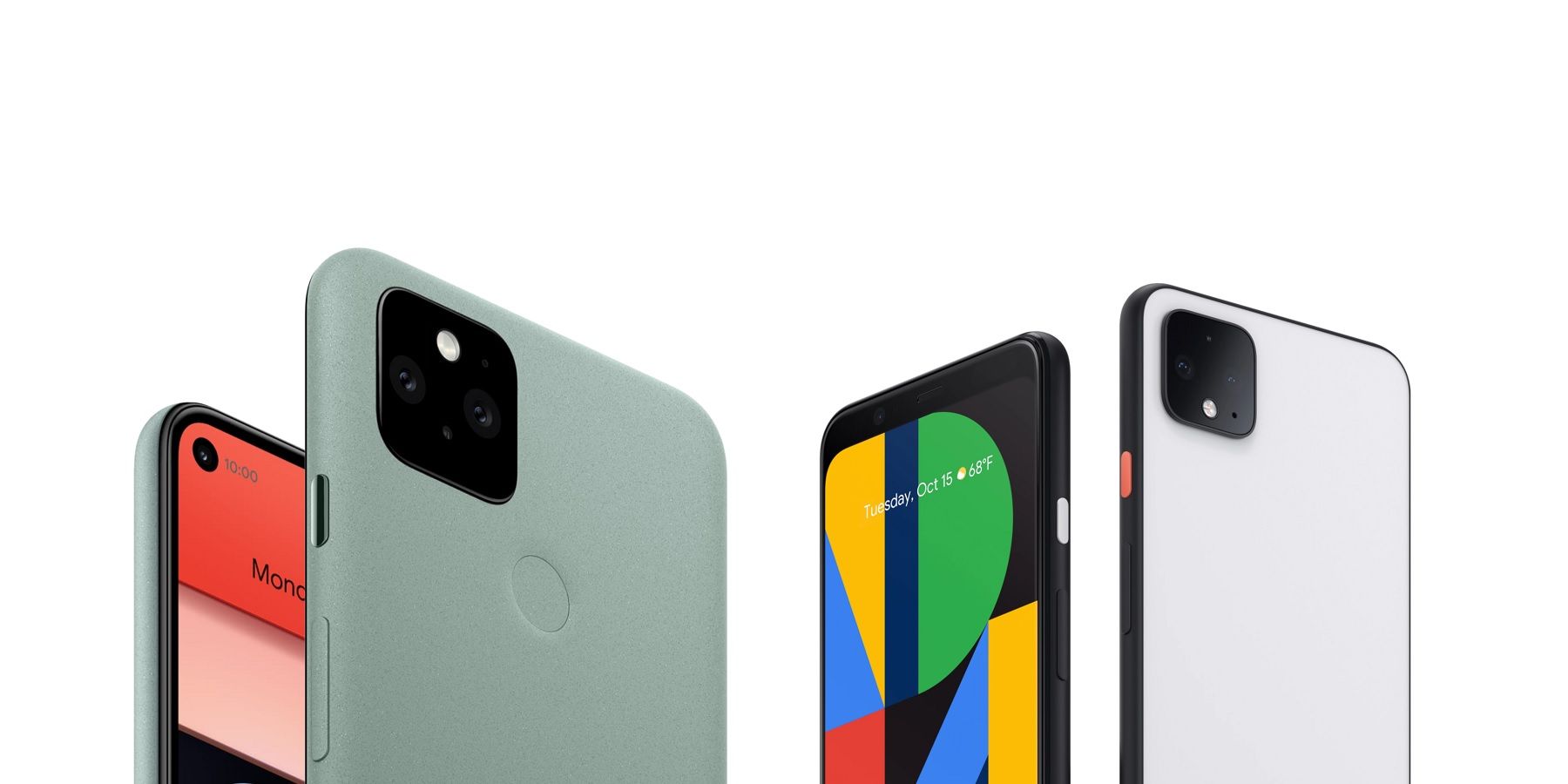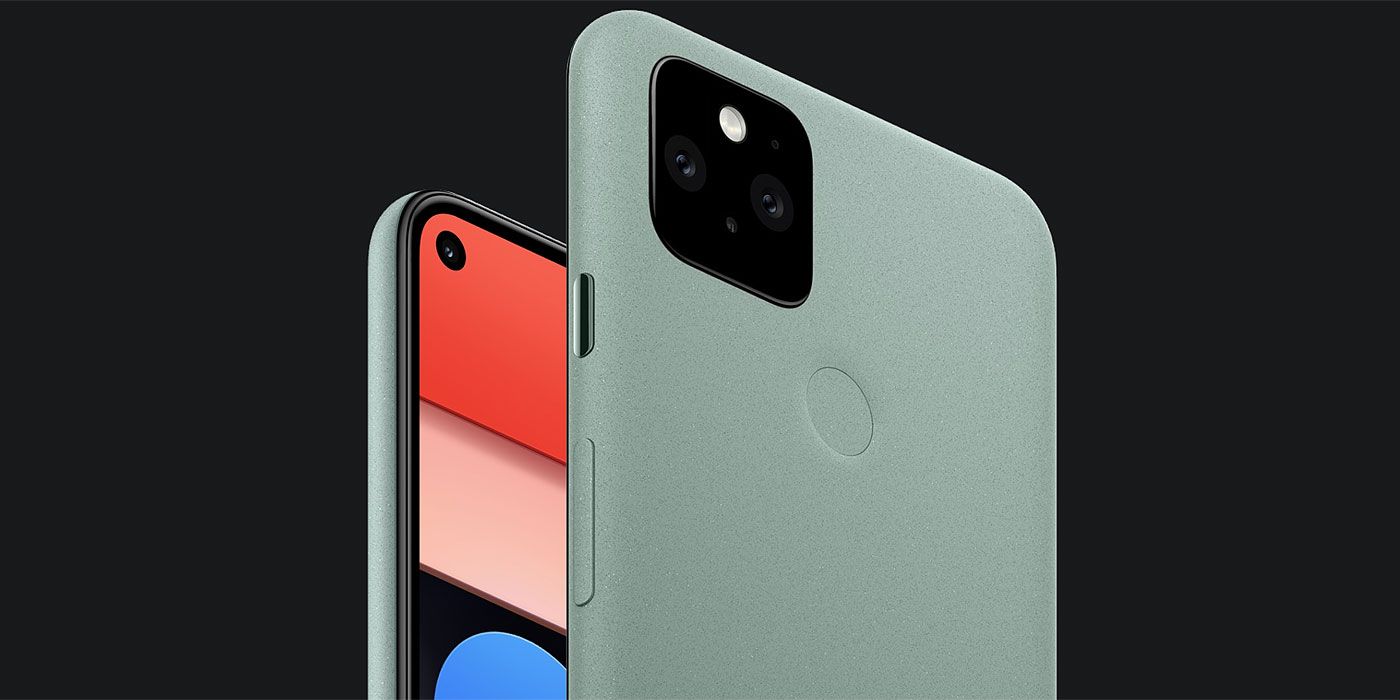In 2020, Google added a number of new hardware options to its books, including the highly-anticipated Pixel 5 smartphone. Building on the previous Pixel phones, the Pixel 5 comes with an emphasis on software to help out with any hardware limitations. However, the Pixel 5 saw the removal of a number of features that were included with the Pixel 4.
Google's Pixel smartphones are typically either flagship or budget-friendly. In the past, the flagship series came in two sizes and released in October. More recently, Google has also released a budget smartphone in the summer. However, Google changed its approach this year with only one Pixel 5 model. As a result, some may feel the Pixel 4 is still actually a better phone than the new Pixel 5.
Google eliminated Motion Sense, which was a large selling-point for the Pixel 4. It is likely this was done to make way for the hole-punch display. This also resulted in the rear fingerprint scanner making a return on Pixel 5. As for the display, the Pixel 5 features a 6-inch 2340 x 1080 OLED display and this compares to the Pixel 4's 5.7-inch 2280 x 1080 OLED display. Both devices have a 90Hz refresh rate for quick and smooth motions. There is also a slight change in the rear camera system on Pixel 5 as one of the dual lenses is replaced by an ultrawide lens. The Pixel 4 included a telephoto lens for 2x optical zoom. Most flagship smartphones have three or more rear lenses that typically include a wide, ultrawide, and telephoto lens, but Google seems to favor the ultrawide, due to its software-driven digital zoom feature.
Even More Pixel Differences Inside
The Pixel 5 goes against the idea of a flagship offering the most premium processor, considering it features the Qualcomm Snapdragon 765G. The lower-tier chip is slightly slower than the Snapdragon 800 series processors, but most users will not experience a difference unless the Pixel 5 is running power-intensive tasks. The Pixel 4 is packed with the Snapdragon 855, which is an older processor, but still more powerful than the Snapdragon 765G. Aside from processors, the Pixel 5 is upgraded in all other areas. Google has almost doubled the size of Pixel 5's battery at 4080 mAh, and the Pixel 5 has 8GB of RAM and 128GB of storage. In comparison, the Pixel 4 only has a 2800 mAh battery, 6GB of RAM, and starts at 64GB of storage. Another major difference is the Pixel 5 is the only one to come with 5G support, which will soon become the standard for cellular networks.
While a slower processor may deter some users, the Pixel 5 remains the top option for the native Android experience. Google is amazing at software, but its hardware has not reached the same level. Overall, the company's reworked vision for the future of its Pixel smartphones could be a smart move, as it will allows Google to remain a competitor in the smartphone market and keep prices lower by omitting costly hardware.
Source: Google


